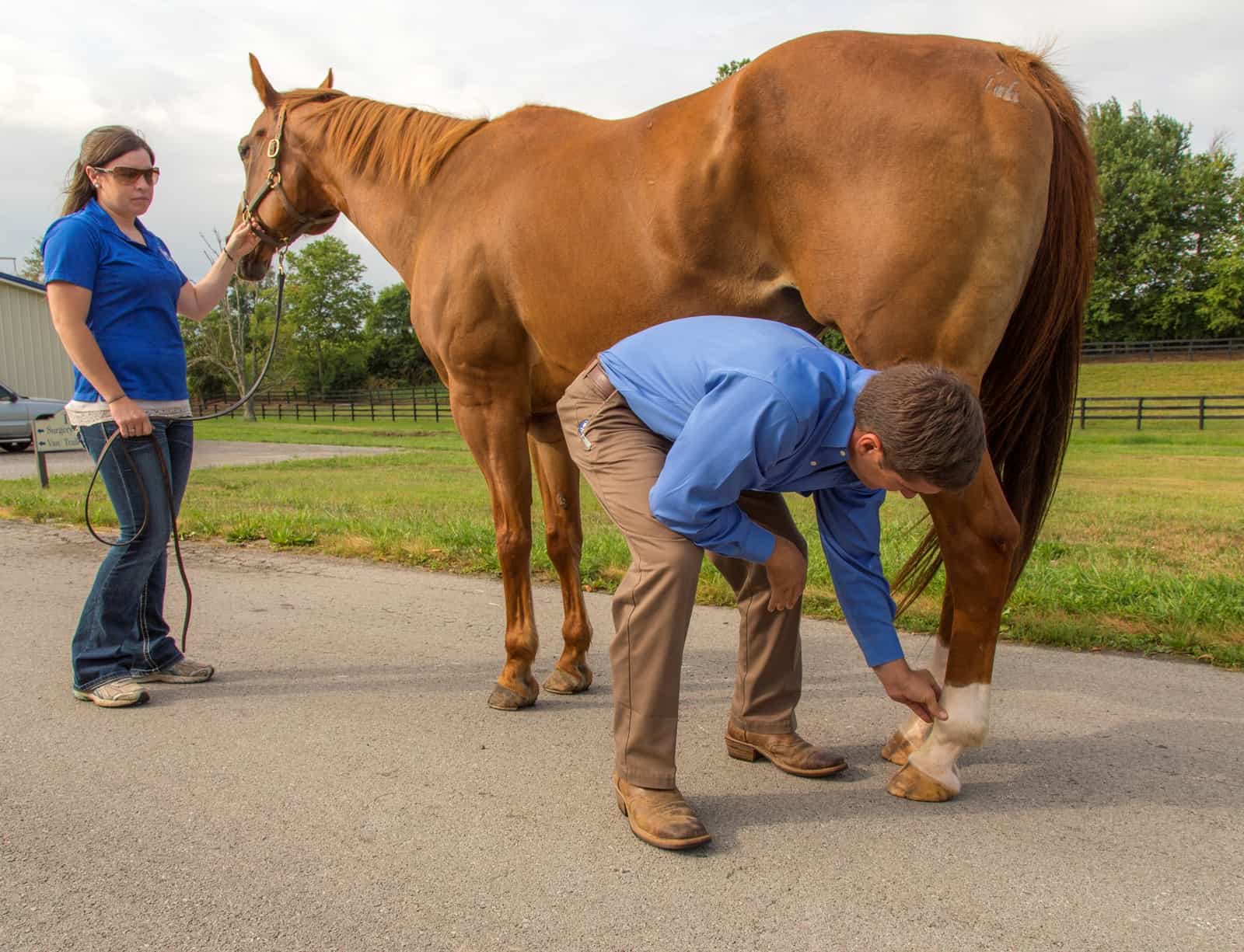White Line Disease is a common and challenging issue that many horse owners and farriers face. It is a condition that affects the inner hoof wall and can cause pain and lameness in horses. Dealing with White Line Disease requires a combination of patience, persistence, and strategic treatment methods.
In this article, we will explore some effective strategies for managing and treating White Line Disease, drawing on the expertise of experienced farriers and veterinarians who have worked tirelessly in the trenches to combat this troublesome condition. Join us as we delve into the world of White Line Disease and uncover the best practices for keeping your horse healthy and sound.
Understanding White Line Disease

Understanding White Line Disease involves recognizing the complexities and nuances of this common hoof ailment in horses. This condition, characterized by a separation in the white line of the hoof wall, can have various causes and manifestations. From environmental factors to genetic predispositions, there are many factors that can contribute to the development of White Line Disease.
In order to effectively treat and prevent this condition, it is important for horse owners and caregivers to educate themselves on the signs, symptoms, and treatment options available. By understanding the underlying causes and potential risk factors associated with White Line Disease, individuals can take proactive measures to protect their horses hooves and overall health.
Identifying and Diagnosing White Line Disease

Identifying and diagnosing white line disease can be a challenging task for horse owners and farriers alike. It often presents as a cavity or separation in the hoof wall, near the white line – the junction between the sole and the hoof wall. In its early stages, white line disease may not show any obvious signs, making it difficult to detect.
However, as the infection progresses, affected areas may become discolored or powdery in texture. It is important for horse owners to closely monitor their horses hooves for any signs of white line disease and consult with a veterinarian or farrier for proper diagnosis and treatment. Early detection is key in preventing further damage and ensuring the overall health and soundness of the horse.
Treatment Options for White Line Disease

Treatment options for white line disease vary depending on the severity of the infection. In mild cases, the affected area can be trimmed away by a farrier to remove the diseased tissue and promote healing. Applying antifungal or antibacterial medications directly to the affected area can also be effective in treating mild cases.
In more severe cases, a veterinarian may need to be consulted to prescribe oral medications or recommend a specialized treatment plan. Proper hoof maintenance, regular trimming, and keeping the horses living environment clean and dry are essential for preventing white line disease from recurring.
Additionally, dietary supplements containing biotin and zinc can help strengthen the hoof and improve overall hoof health. Consulting with a professional farrier or veterinarian is crucial in determining the best course of treatment for each individual case of white line disease.
Conclusion
In conclusion, dealing with white line disease can be a challenging task for horse owners and farriers alike. However, by implementing the strategies mentioned in this article, such as proper trimming and shoeing techniques, vigilant monitoring, and targeted treatment options like the use of the Best Hoof Conditioner, it is possible to effectively manage and prevent the spread of this common hoof ailment. By staying informed, proactive, and dedicated to hoof health, horse owners can help their equine companions stay sound and healthy for years to come.


